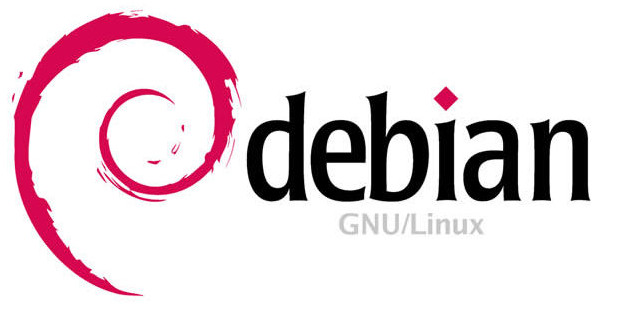My experience in the Debian LTS and ELTS projects

Last year, I decided to start participating in the Debian LTS and ELTS projects. It was a great opportunity to engage in something new within the Debian community. I had been following these projects for many years, observing their evolution and how they gained traction both within the ecosystem and across the industry.
I was curious to explore how contributors were working internally — especially how they managed security patching and remediation for older software. I’ve always felt this was a particularly challenging area, and I was fortunate to experience it firsthand.
As of April 2025, the Debian LTS project was primarily focused on providing security maintenance for Debian 11 Bullseye. Meanwhile, the Debian ELTS project was targeting Debian 8 Jessie, Debian 9 Stretch, and Debian 10 Buster.
During my time with the projects, I worked on a variety of packages and CVEs. Some of the most notable ones include:
There are several technical highlights I’d like to share — things I learned or had to apply while participating:
-
CI/CD pipelines: We used CI/CD pipelines on salsa.debian.org all the times to automate tasks such as building, linting, and testing packages. For any package I worked on that lacked CI/CD integration, setting it up became my first step.
-
autopkgtest: There’s a strong emphasis on
autopkgtestas the mechanism for running functional tests and ensuring that security patches don’t introduce regressions. I contributed by both extending existing test suites and writing new ones from scratch. -
Toolchain complexity for older releases: Working with older Debian versions like Jessie brought some unique challenges. Getting a development environment up and running often meant troubleshooting issues with
sbuildchroots,qemuimages, and other tools that don’t “just work” like they tend to on Debian stable. -
Community collaboration: The people involved in LTS and ELTS are extremely helpful and collaborative. Requests for help, code reviews, and general feedback were usually answered quickly.
-
Shared ownership: This collaborative culture also meant that contributors would regularly pick up work left by others or hand off their own tasks when needed. That mutual support made a big difference.
-
Backporting security fixes: This is probably the most intense —and most rewarding— activity. It involves manually adapting patches to work on older codebases when upstream patches don’t apply cleanly. This requires deep code understanding and thorough testing.
-
Upstream collaboration: Reaching out to upstream developers was a key part of my workflow. I often asked if they could provide patches for older versions or at least review my backports. Sometimes they were available, but most of the time, the responsibility remained on us.
-
Diverse tech stack: The work exposed me to a wide range of programming languages and frameworks—Python, Java, C, Perl, and more. Unsurprisingly, some modern languages (like Go) are less prevalent in older releases like Jessie.
-
Security team interaction: I had frequent contact with the core Debian Security Team—the folks responsible for security in Debian stable. This gave me a broader perspective on how Debian handles security holistically.
In March 2025, I decided to scale back my involvement in the projects due to some changes in my personal life. Still, this experience has been one of the highlights of my career, and I would definitely recommend it to others.
I’m very grateful for the warm welcome I received from the LTS/ELTS community, and I don’t rule out the possibility of rejoining the LTS/ELTS efforts in the future.
The Debian LTS/ELTS projects are currently coordinated by folks at Freexian. Many thanks to Freexian and sponsors for providing this opportunity!
